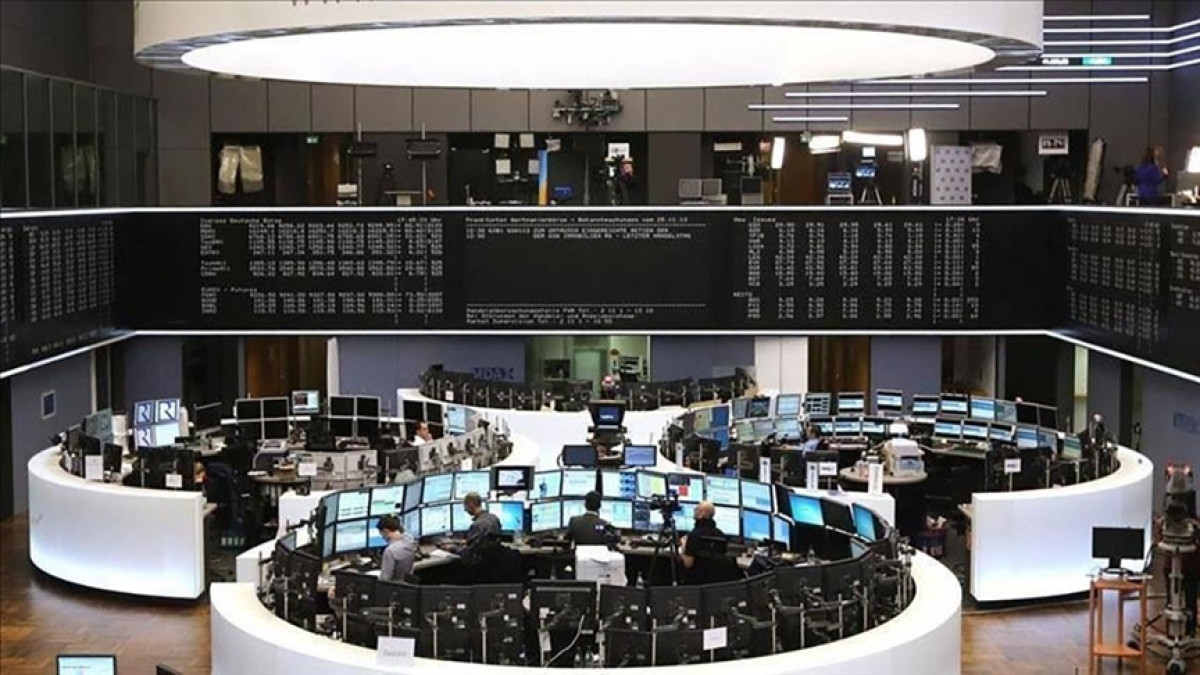
Climate financing needs exceed 310 billion dollars annually.


Climate Change and Financing Gap
It has been reported that the annual financing needed by developing countries to adapt to the negative effects of climate change exceeds 310 billion dollars. This figure is at least 12 times the current financing amount.
UNEP's Adaptation Gap Report
The United Nations Environment Programme's (UNEP) annual Adaptation Gap report comes to the fore ahead of important climate negotiations. This year's report draws attention to the climate financing gap ahead of the 30th Conference of the Parties to the UN Framework Convention on Climate Change (COP30) that will take place in Belém, Brazil, from November 10-21.
Global Temperature and Economic Impacts
It has been stated that as global temperatures rise, the need for adaptation and mitigation financing for developing countries has increased. In 2023, the international public financing provided for these countries was only 26 billion dollars, which is below last year's 28 billion dollars.
Future Financing Needs
The UNEP report predicts that developing countries will require between 310-365 billion dollars in annual financing by 2035. This corresponds to 12-14 times the current levels of international financing. Additionally, if inflation continues at current levels, this need could rise to 440-520 billion dollars.
Warning from the UN Secretary-General
UN Secretary-General António Guterres stated that the impacts of climate change are rapidly increasing, but adaptation financing is not progressing at the same pace, emphasizing the importance of the issue by saying, "Adaptation is not a cost, it is a lifeline." Guterres expressed that closing this gap is necessary for achieving climate justice and creating a secure world.
Mobilization of Public and Private Resources
UNEP Executive Director Inger Andersen emphasized that both public and private financing resources need to be mobilized to increase adaptation financing. However, she stressed that this process should be carried out without increasing the debt burden of fragile countries.
```Benzer Haberler
.png)
Yakında Tüm Platformlarda
Sizlere kesintisiz haber ve analizi en hızlı şekilde ulaştırmak için. Yakında tüm platformlarda...








.png)